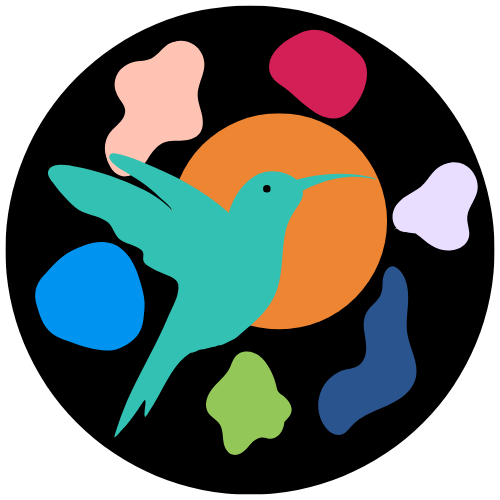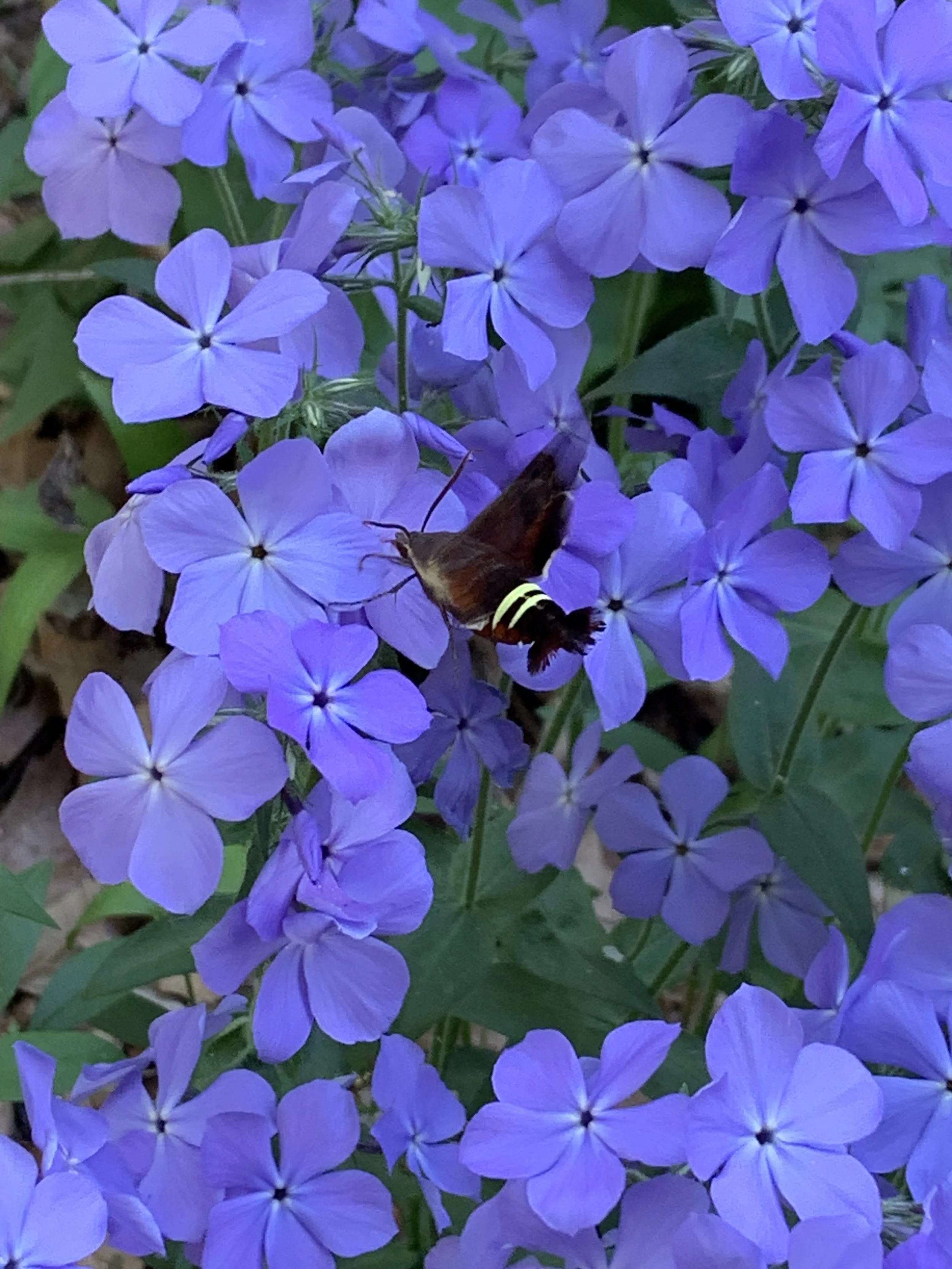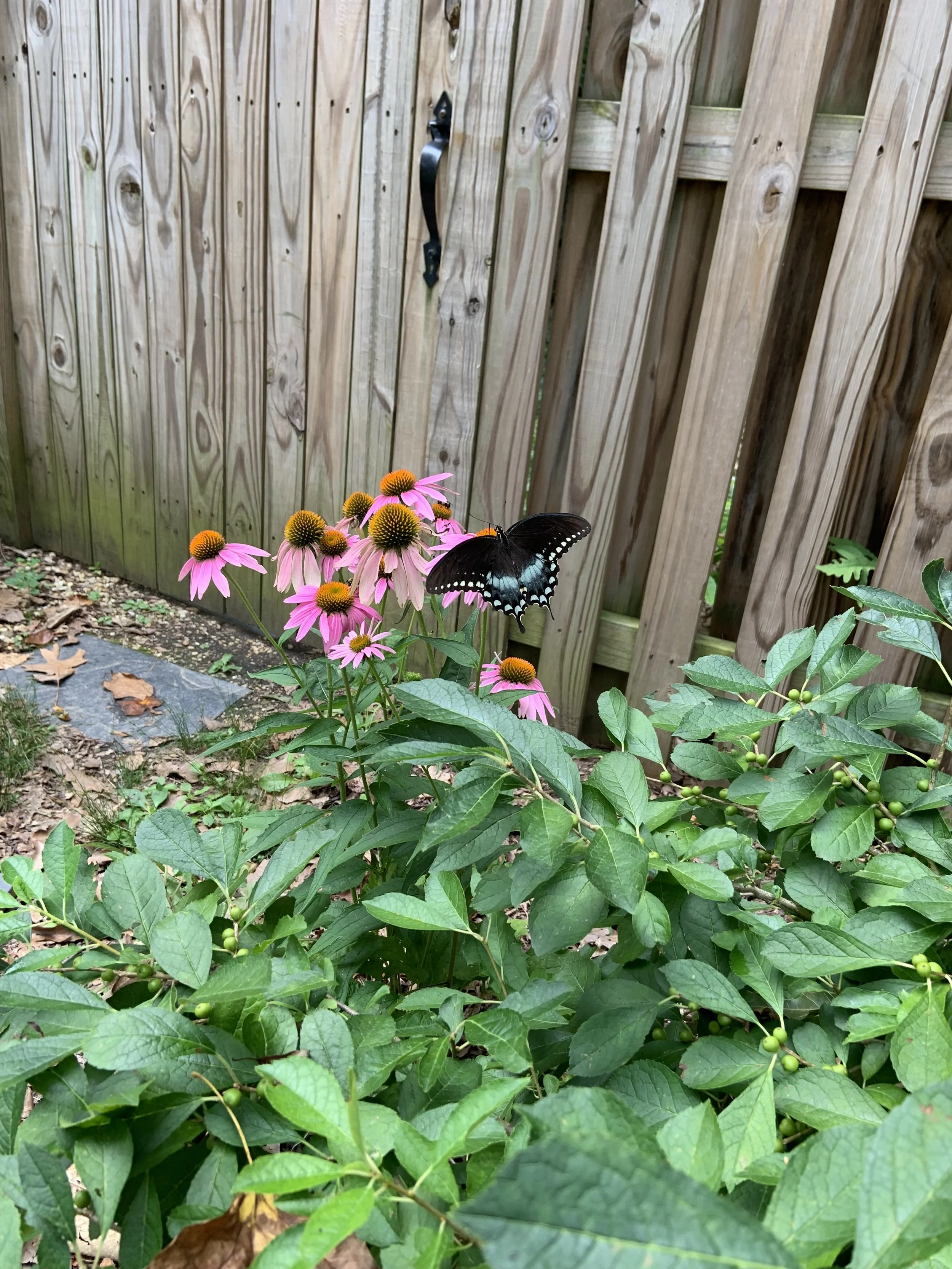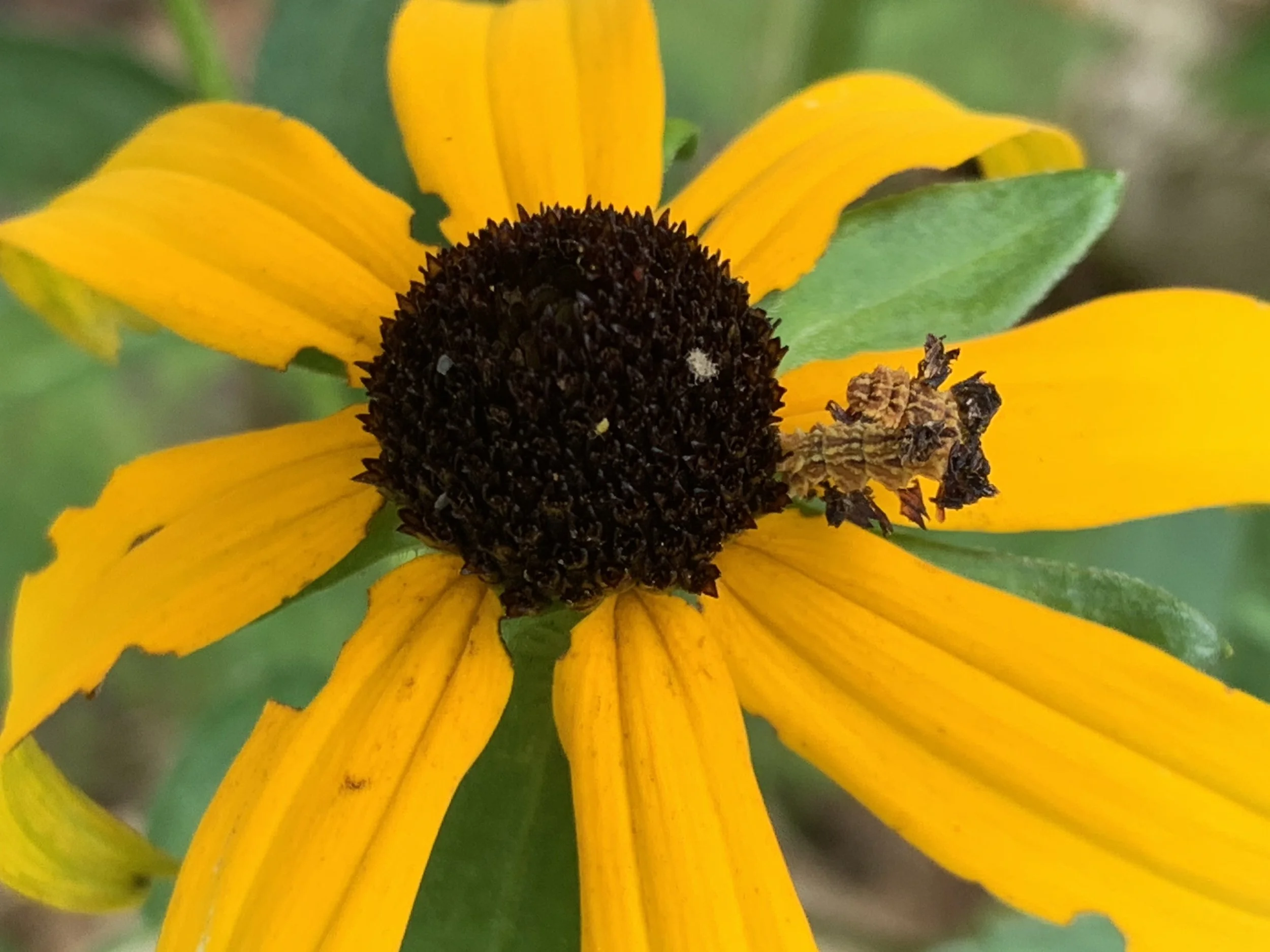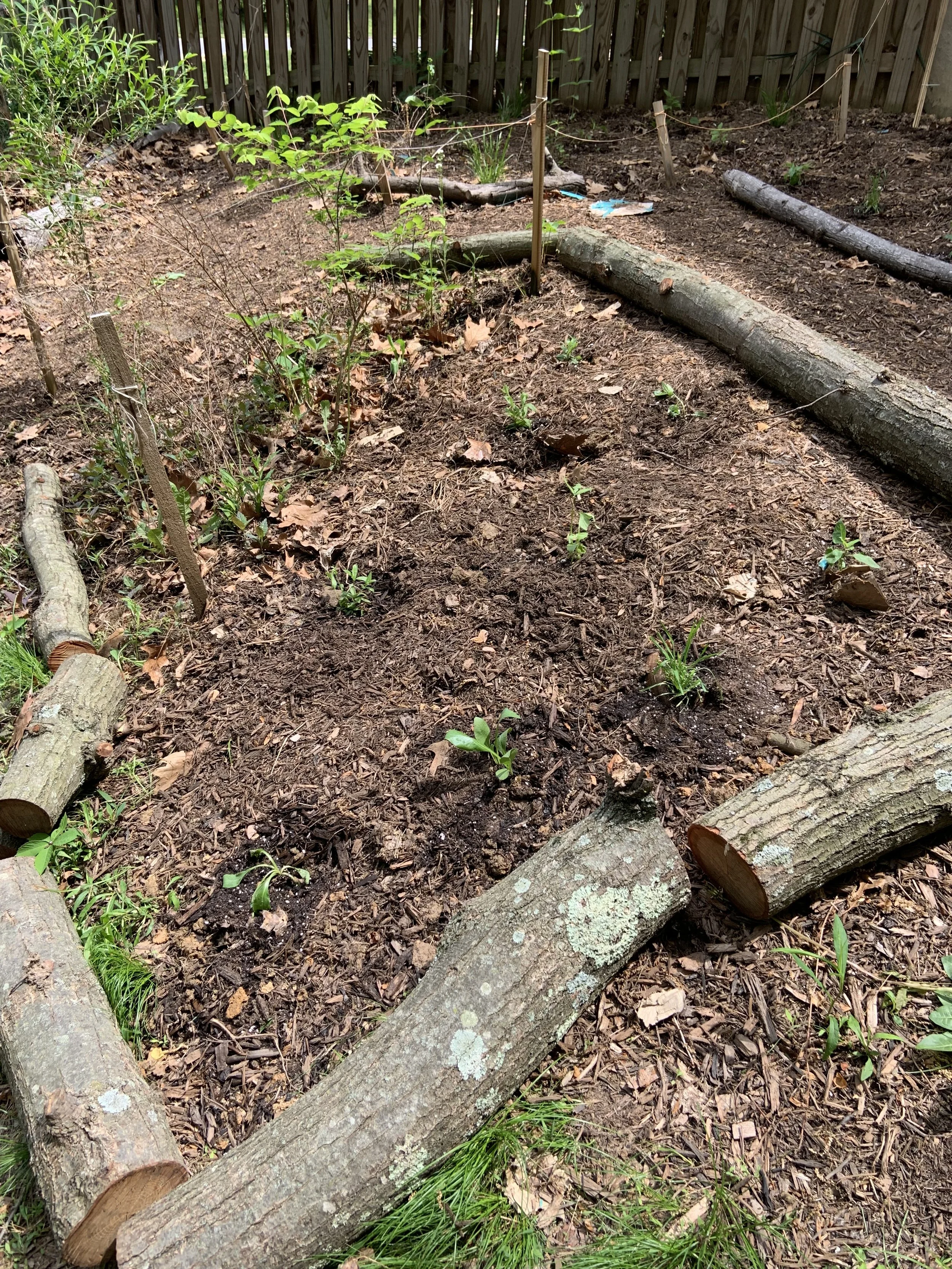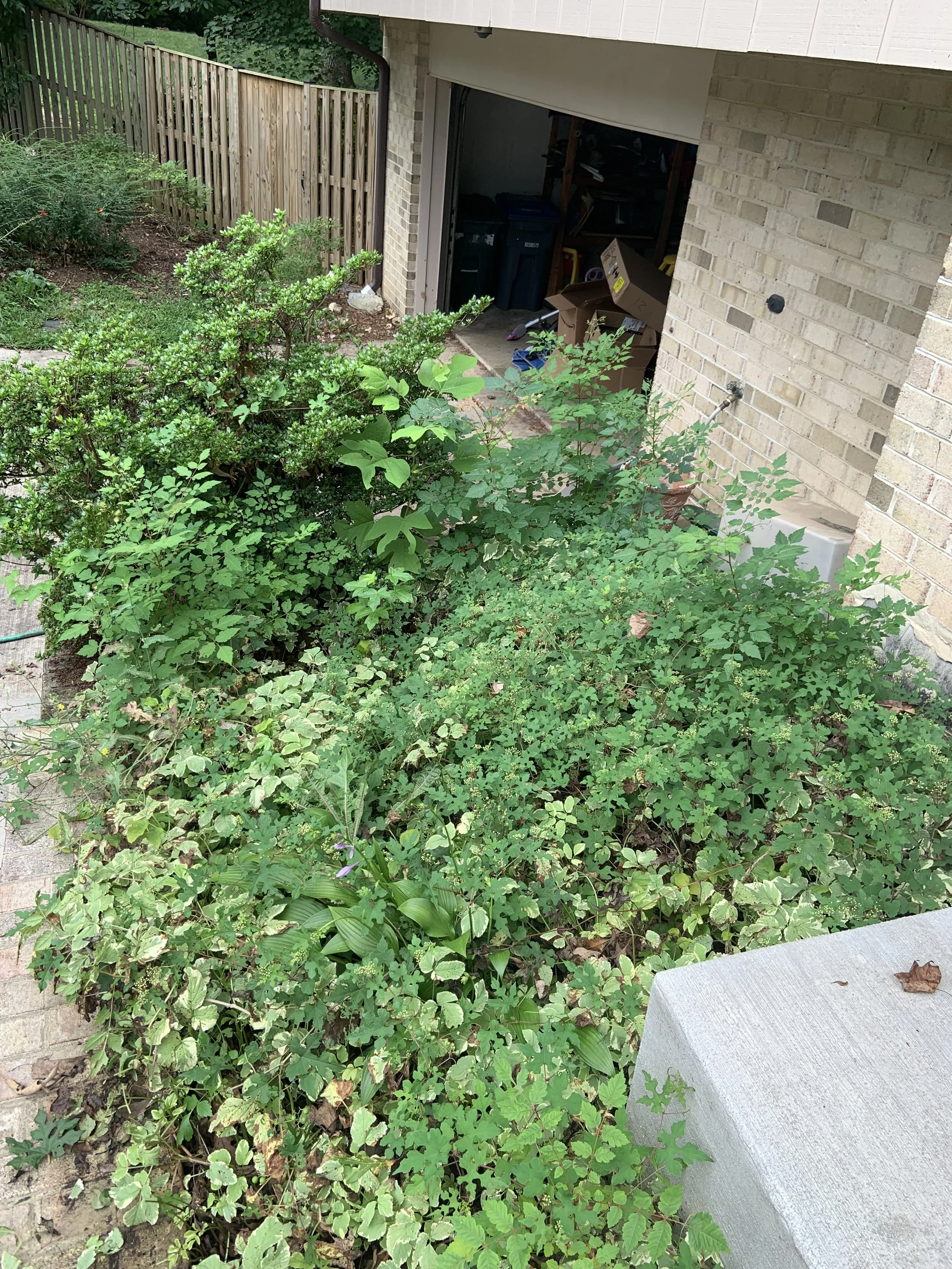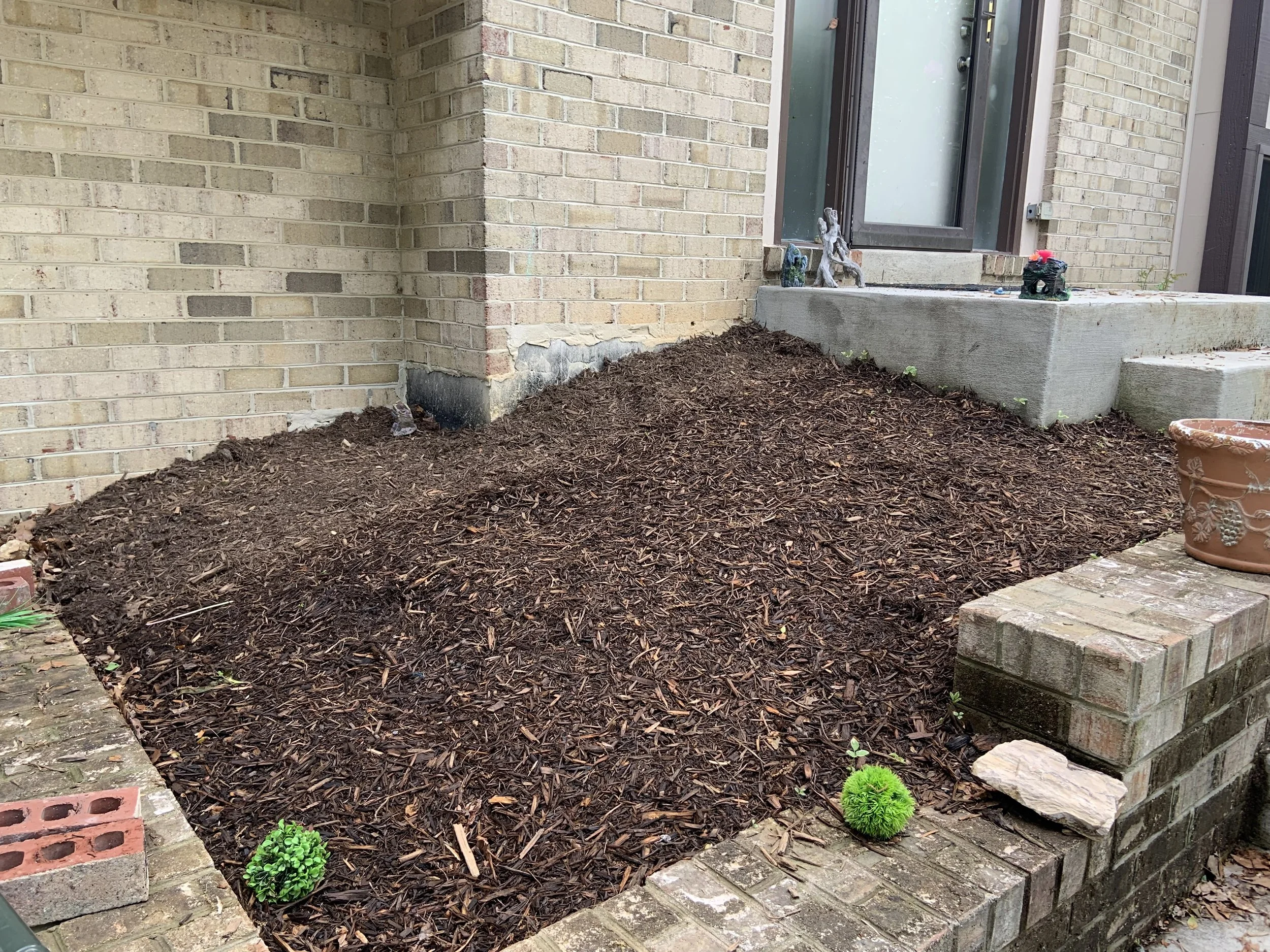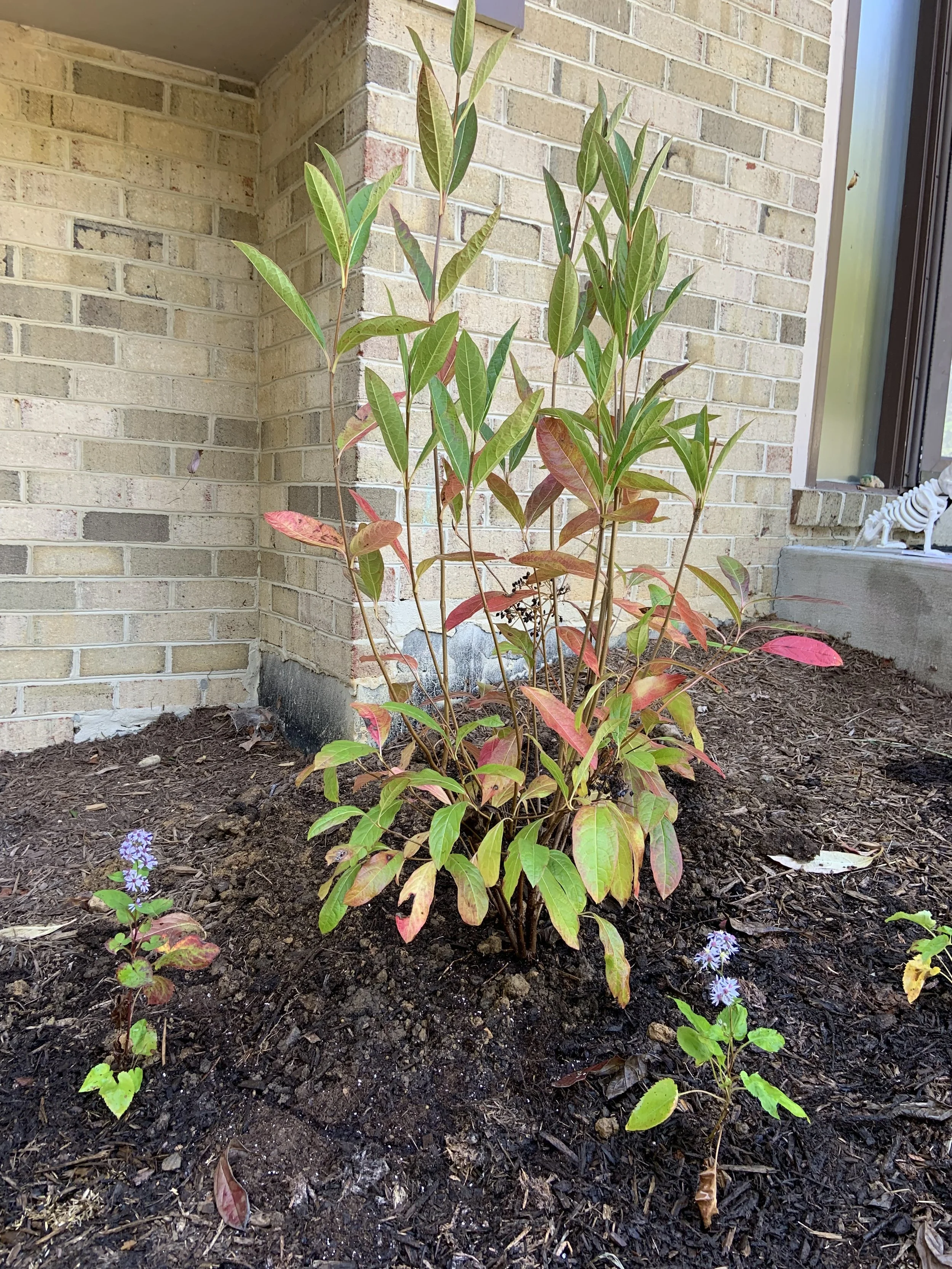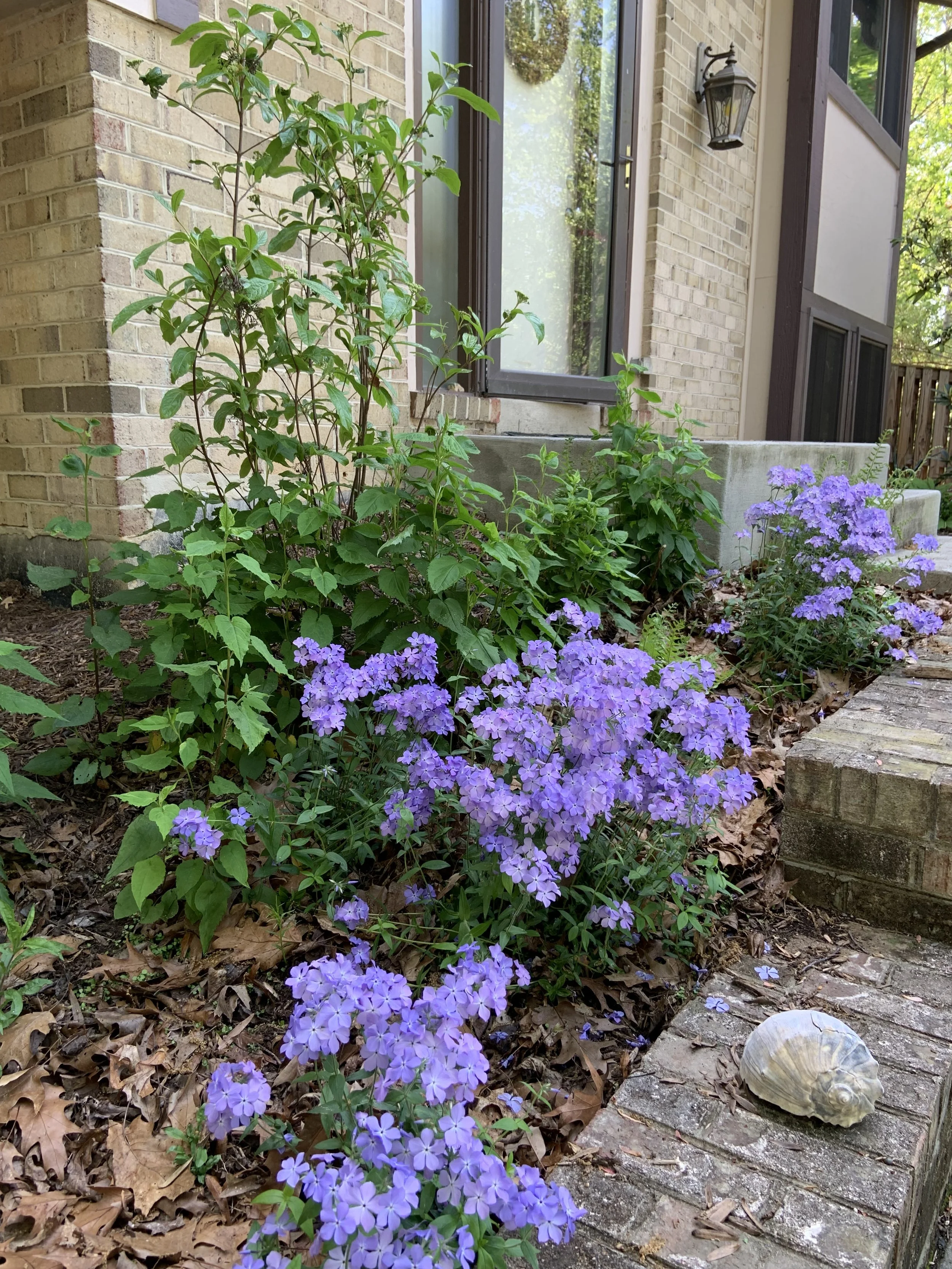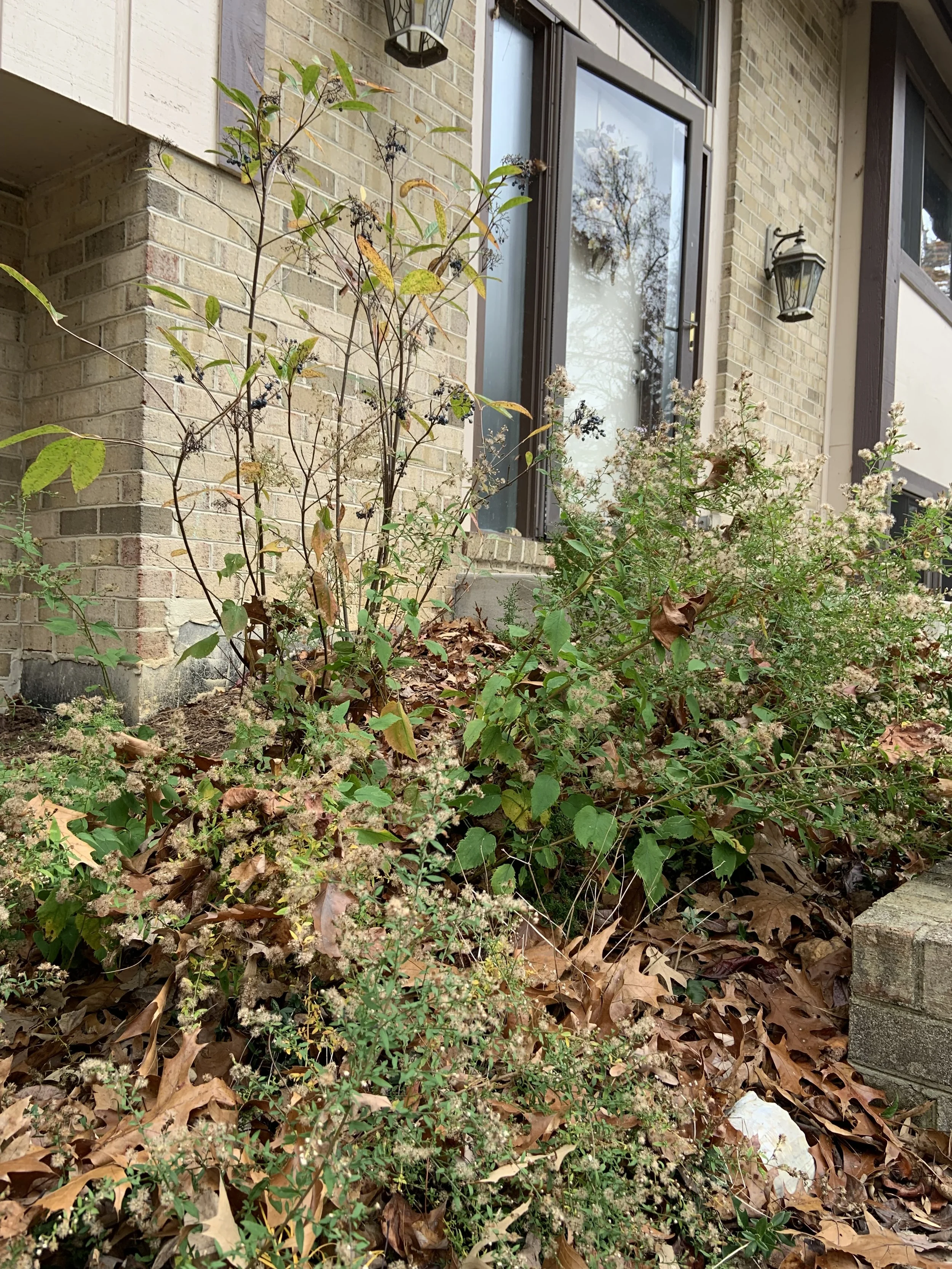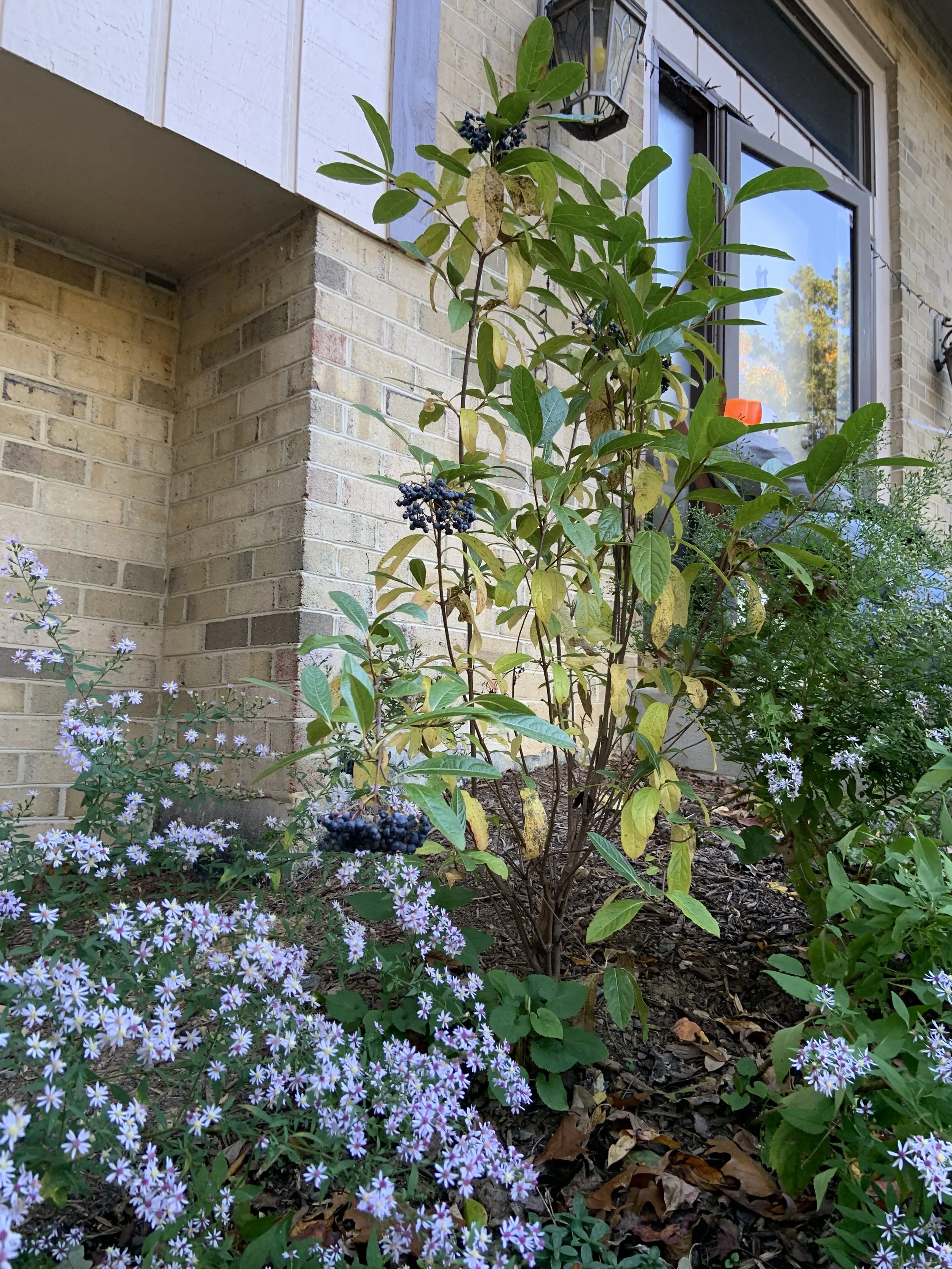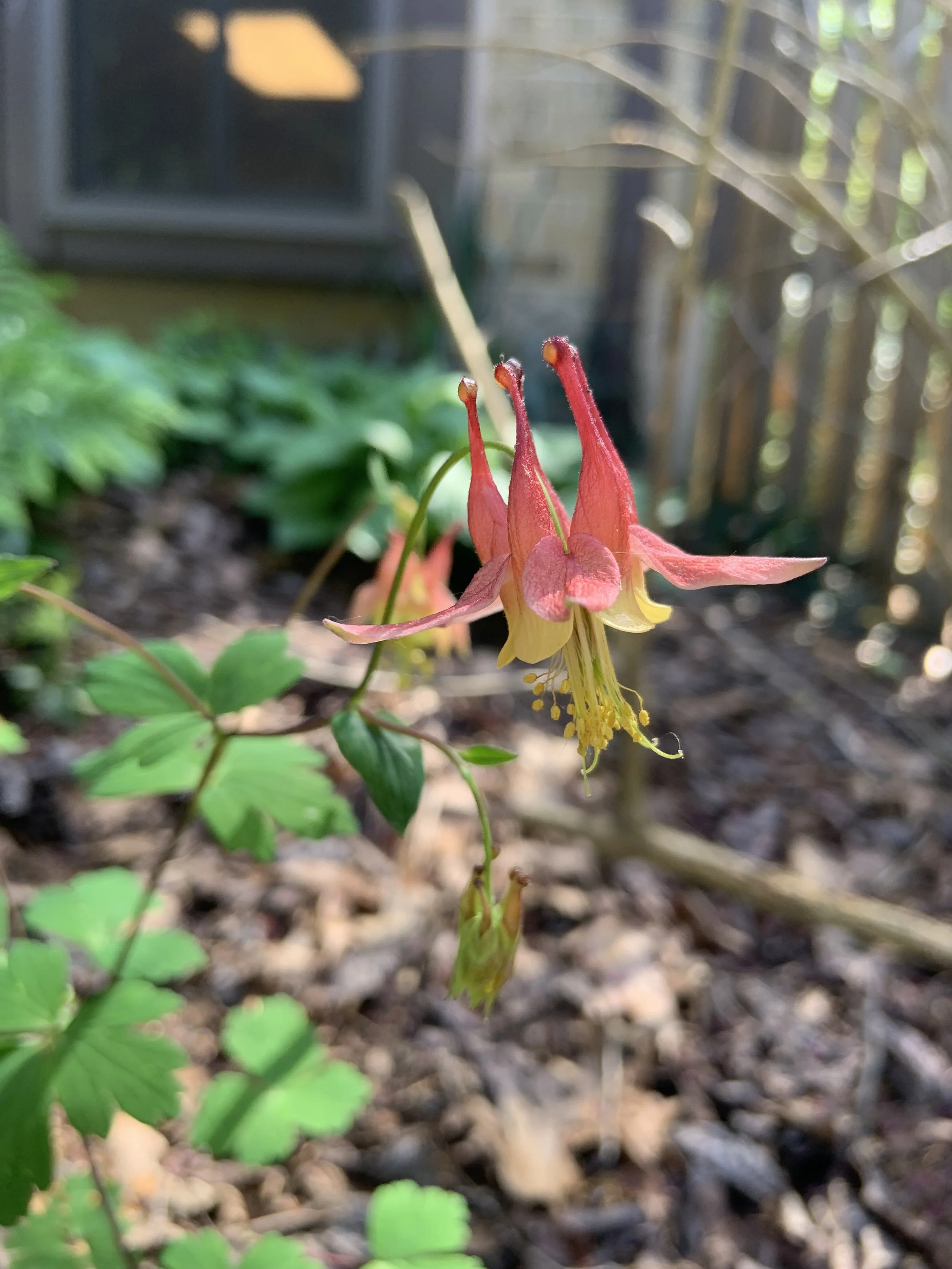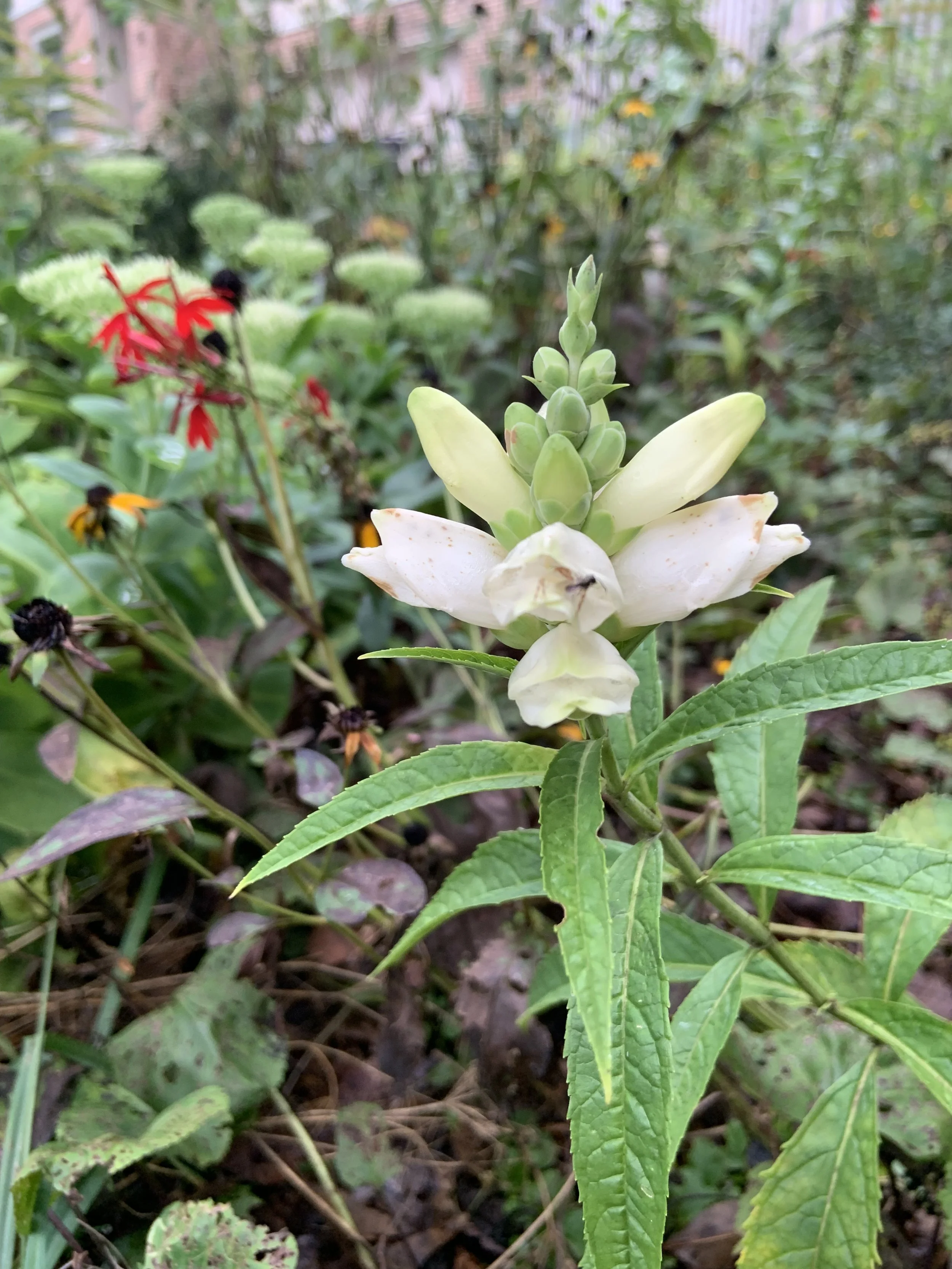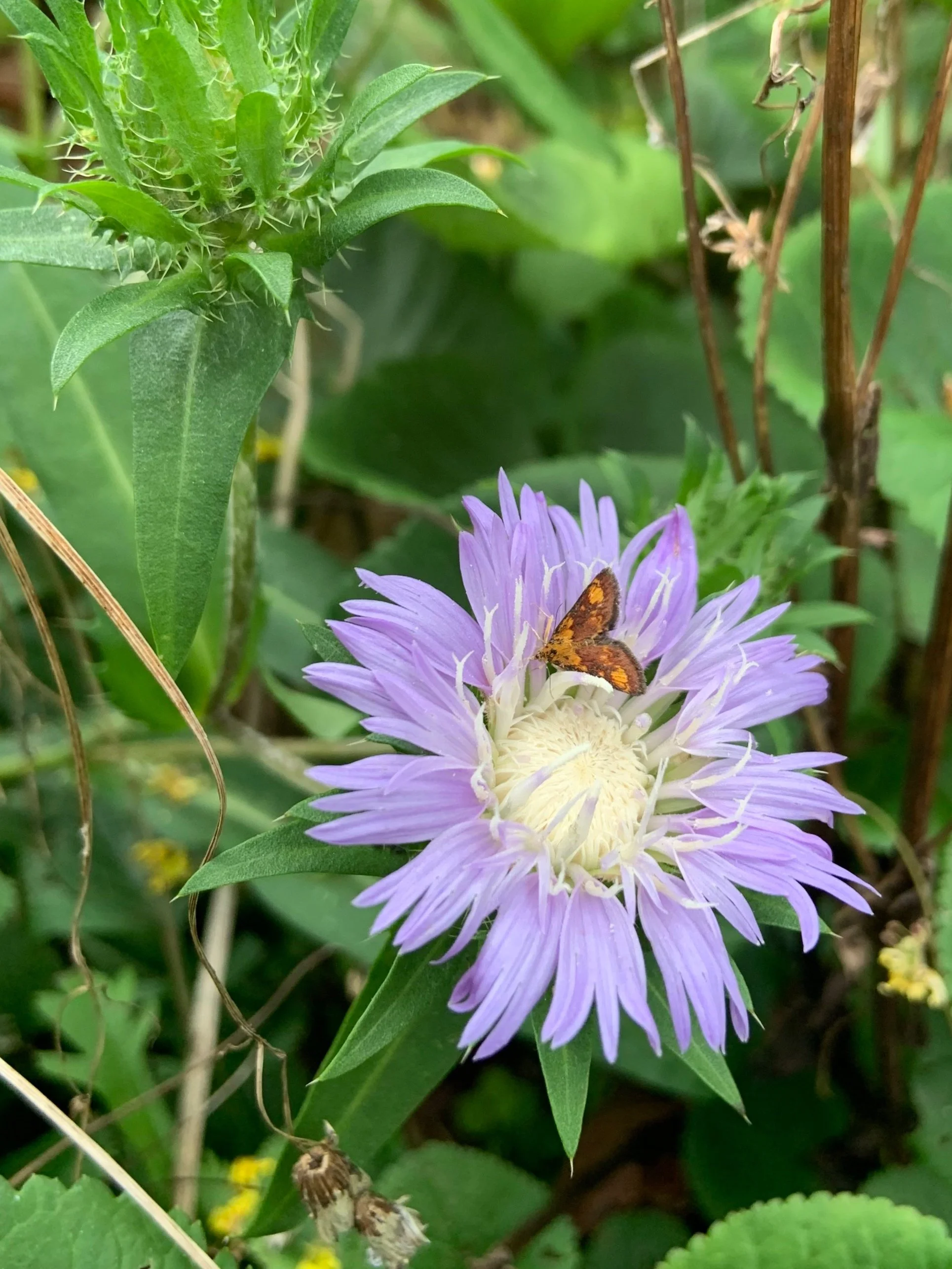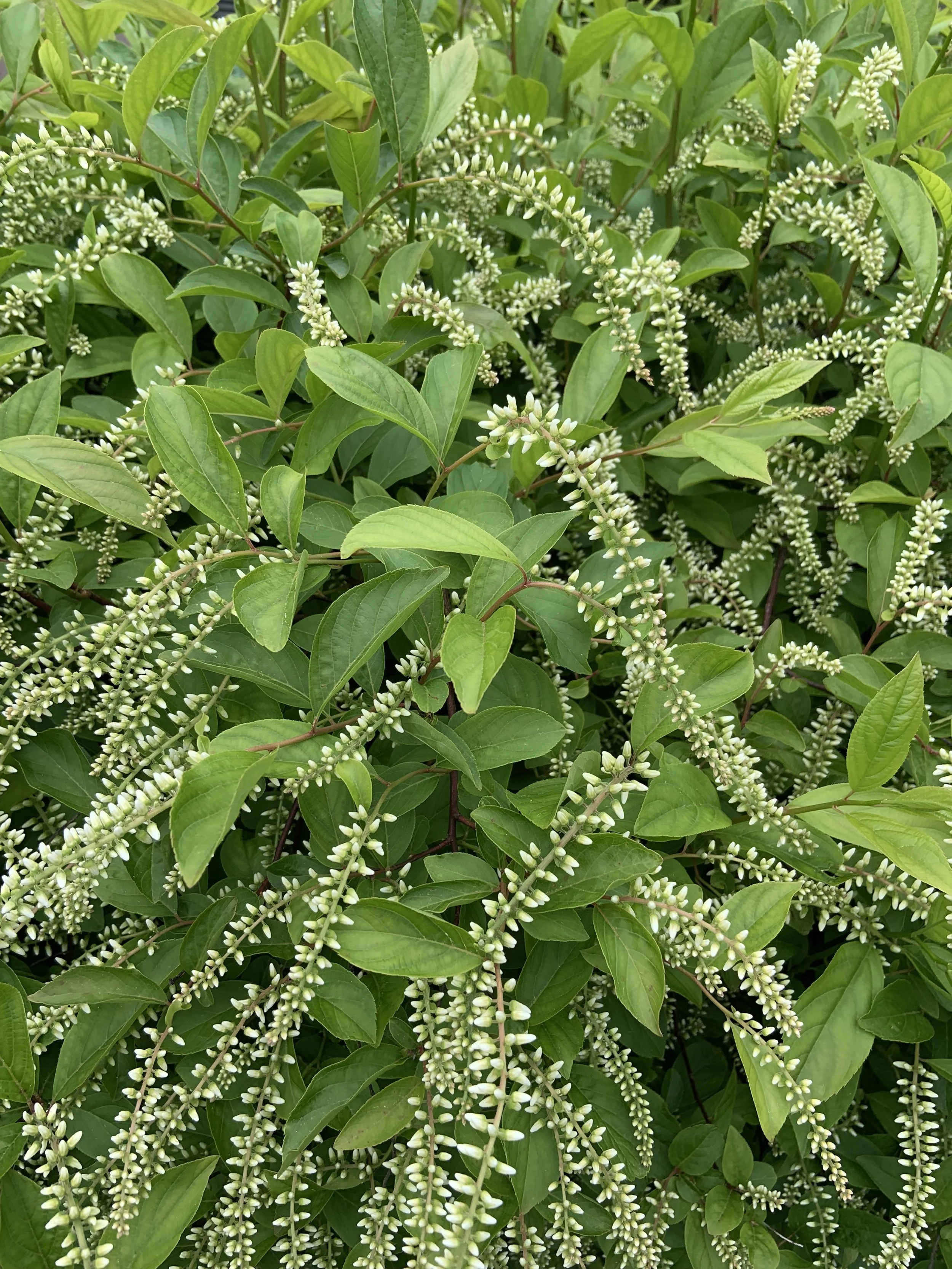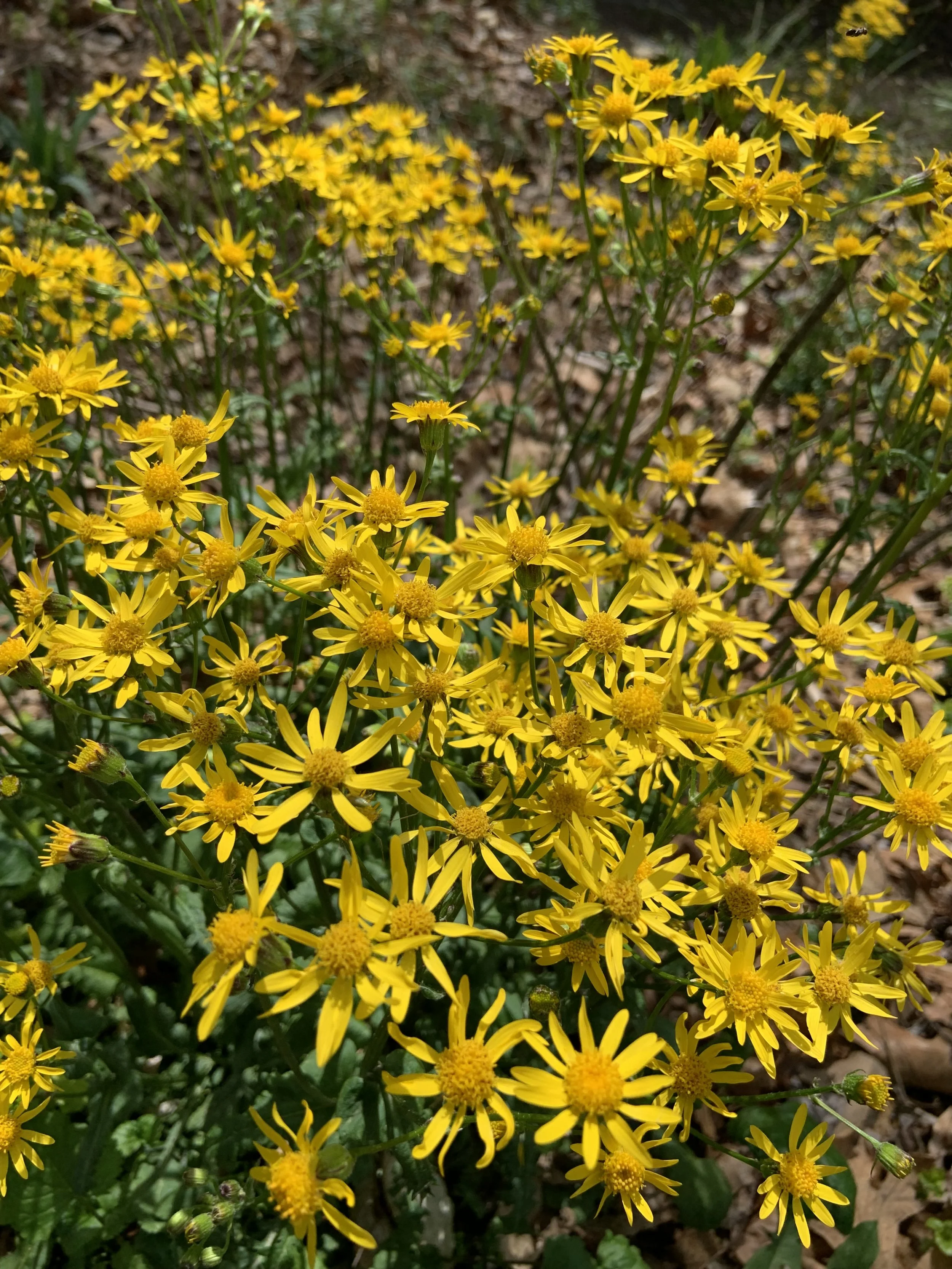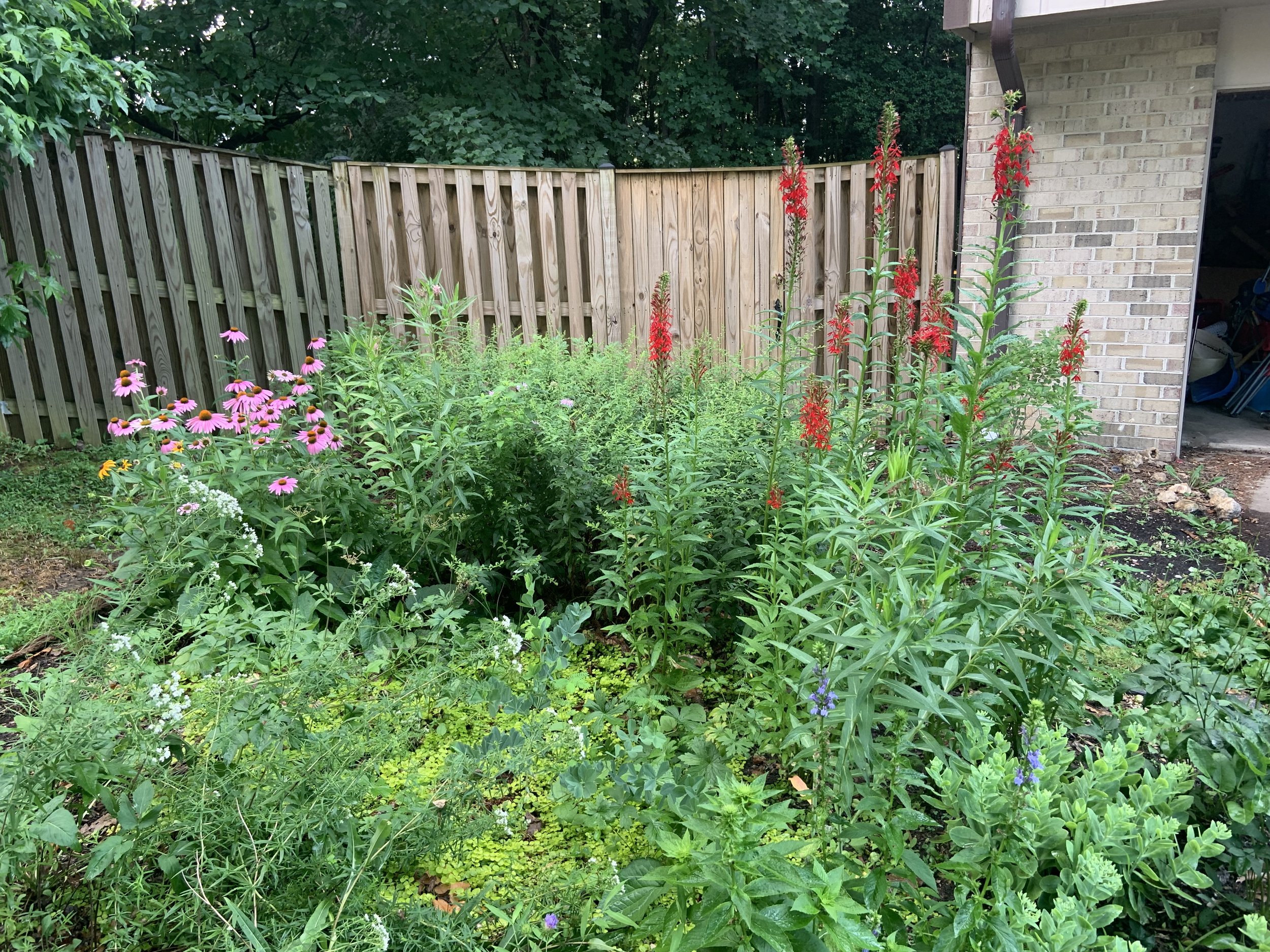
Native Plant Gardening
Spending time in nature. Providing habitat for animals. Saving pollinators. Restoring native plants.
These are just a few reasons why I love native plant gardening. If you’ve been hearing about it or are interested in how to get started, read on for my tips and advice.
Some of my visitors: (from top left): Nessus sphinx moth, candy striped leaf hopper, spicebush swallowtail butterfly, camouflaged looper caterpillar
Wildlife in your own backyard (or balcony, or container garden, or planter…)
One of my favorite things to do is walk in my yard and see what critters I’ll find that day. Whether it’s bumblebees, hover flies, caterpillars, or birds like woodpeckers, cardinals, and hummingbirds, all of these creatures are using the plants I’ve put it in the ground. The nectar, the berries, the leaves—it’s all important food to some insect or animal.
“If half of American lawns were replaced with native plants, we would create the equivalent of a 20 million acre national park.”
— Doug Tallamy, Nature’s Best Hope
Why Native Plants?
The insects and animals that live in a certain place evolved with the plants around them. As people have removed habitat and replaced it with lawns and exotic plants in landscaping, the amount of suitable food for native insects and animals has dwindled.
To maintain the diversity of our ecosystems, we need native plants. They form the basis of any ecosystem’s food web. Every animal depends on plants, even ones that don’t eat plants, because each part of the food web depends on something else. Insects need plants, birds and amphibians need insects, foxes and owls need mice, mice need insects and berries, and on and on.
Three-Fourths of the plants in the world rely on pollinators—that’s the bees, butterflies, moths, birds, bats, beetles and other insects that visit flowers—and by visiting and pollinating, help those flowers to make seeds. (USDA)
Pollinators are also critical to our food supply. Scientists estimate that 1 out of every 3 bites of food is made possible by a pollinator (USDA).
People can help increase habitat for pollinators and other animals. Here’s how:
Plant a variety of flowers so that you have things blooming throughout the spring, summer, and fall.
Leave the leaves in the fall so that hibernating insects can take refuge
Avoid using pesticides
Leave the old stems of last year’s growth to provide places for native bees to nest and lay eggs
How to Get Started
Decide where you’ll plant. If you’re doing container gardening, plan to leave the plants outside year round so that any chrysalises or critters on them don’t get confused with the weather!
If you’re planting in a yard, my favorite method is to use cardboard to suppress old weeds or lawn so you can start planting with a clean slate.
My sloped backyard, a tricky area to mow, got overtaken by stilt grass, an invasive plant. (left)
I covered it with cardboard and mulch and outlined with a log border. New plantings went in (right). I’ll post their progress this summer.
Before: my planter was overrun with clematis and various weeds. After: I clipped back big stuff, dug out old bushes, covered it with flattened cardboard and mulch and waited until the fall.
After planting in fall
I replanted with a native bush, possumhaw viburnum (‘brandywine’), Christmas ferns, blue wood aster, and woodland phlox for spring, summer and fall interest.
Year 1, Spring
Year 1, Late Fall
Year 1, Fall
Cardboard Box Weed and Lawn Suppression
Save up some cardboard and flatten it.
Clear the area of any really stubborn plants like vines, nettle and dandelions.
Cover the area with 2 layers of cardboard (lay directly over grass and other plants you want to suppress).
Cover the cardboard with a thick layer of mulch.
Wait 3 months or more.
Then get planting!
As you think about what to plant, include native ground cover plants. This gives more variety of blooms and will help prevent takeover of new weeds.
Recommended Resources
Depending on where you live, you want to plant native plants for your area. There are many native plant communities around the U.S. Just look up a native plant society for your area and find information like guides, native plant nurseries, and fellow native plant enthusiasts.
Books
Bringing Nature Home and Nature’s Best Hope by Doug Tallamy
The Humane Gardener by Nancy Lawson
More Books
The Living Landscape by Rick Darke & Doug Tallamy
Planting in a Post-Wild World by Thomas Rainer and Claudia West
Essential Native Trees and Shrubs of the Eastern United States by Tony Dove and Ginger Woolridge
There are so many beautiful native flowers. From top left: Eastern Columbine, Turtlehead, Stoke’s Aster, Virginia Sweetspire, Wild Geranium, and Golden Ragwort.
